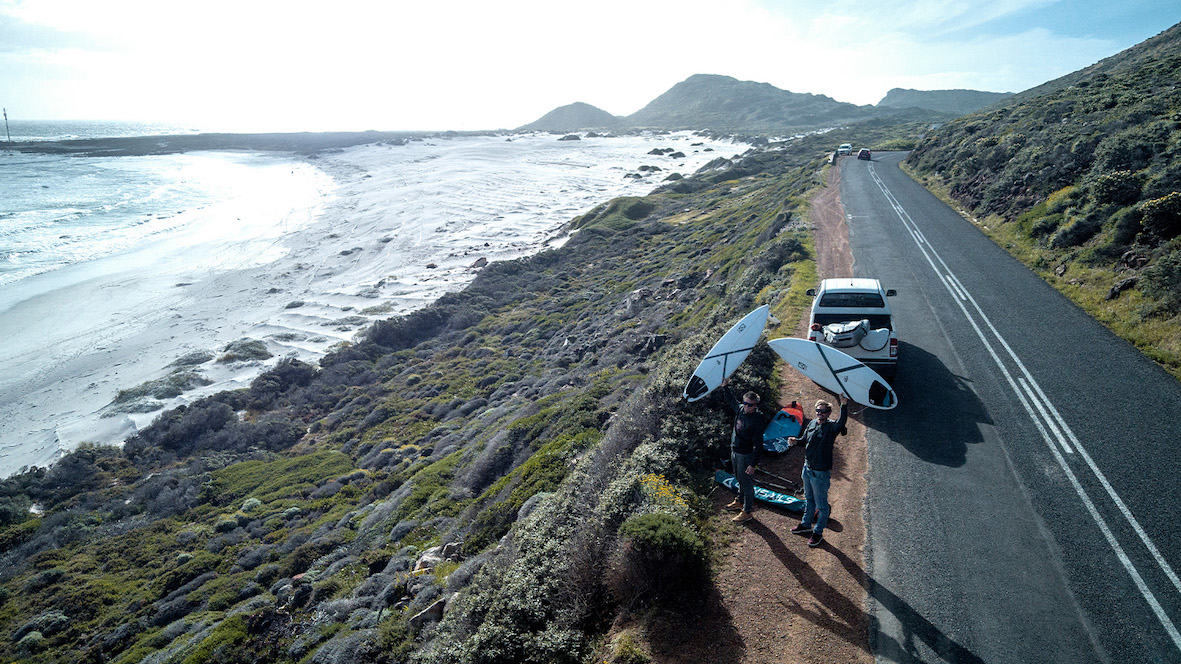
Staying Safe in the Water: A Guide
Safety in the water is paramount for all watersports participants. Whether a pro or newbie, knowing how to keep safe or what to do in case of an emergency if hugely beneficial and can potentially save lives. Here we have a kayaking guide to water safety that can be applied to any watersports. Written by Guillaume Bonastre.
Press Release:
While the sport appears leisurely, there are many kayaking dangers. In recent years, the number of paddling fatalities has risen with the U.S peaking in 2015 when 139 people perished in kayak or canoe related incidents.
But it’s never been easier to practice good kayak safety habits. Taking the necessary precautions and bringing the proper gear can save your life.
In this article, we’ll discuss the tenets of kayaking safety. We’ll show you what gear to pack, proper clothing to wear, and rescue techniques.
Basic Kayak Safety Rules
- Tell someone where you’re going and when you’ll be back
- Always wear a life jacket
- Bring more clothing, food, and water than you need
- Know how to use a paddle float or similar safety equipment
- Paddle with someone unless able to do wet exit and re-entry recoveries
- Make safe, responsible changes to your trip if conditions or weather changes
What You Need
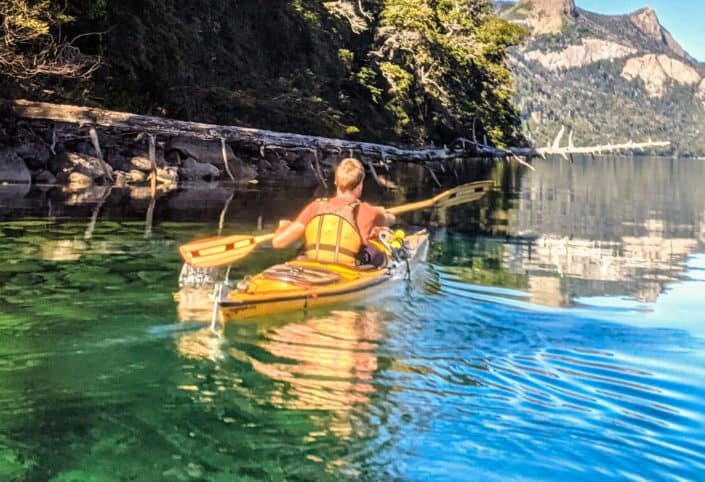
At a minimum, you should wear a life jacket at all times. This is the most basic and most important practice. Bring along additional safety gear like a paddle float and know how to use them.
Always let at least one person know where you’re going and when you plan on being home. Make sure your gear and kayak are in good condition before heading out.
Just following these simple rules will help you avoid the majority of incidents you encounter. Of course, there’s much more you can do to be a safer paddler. We’ll get more in-depth below.
Best Safety Precautions & Accessories
Life Jackets
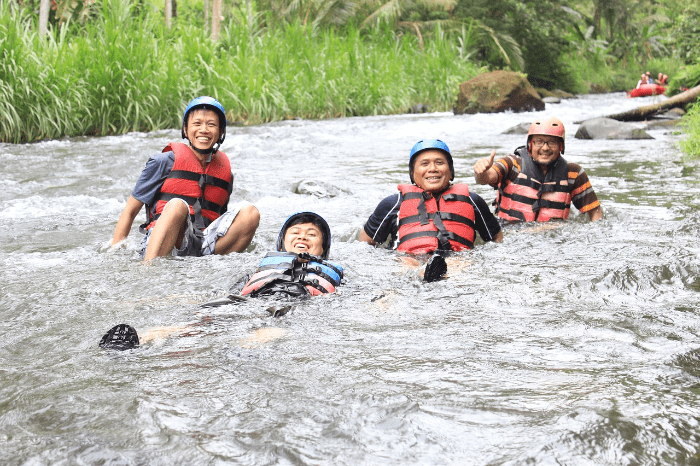
No matter the weather, your paddling experience, or the water temperature, there’s no reason not to wear a life jacket.
According to the United States Coast Guard (USCG), 80% of drowning victims weren’t wearing a life jacket.
Even if you consider yourself a strong swimmer, a life jacket can save your life by keeping you buoyant if you have to swim some distance or are knocked unconscious.
Float Plan
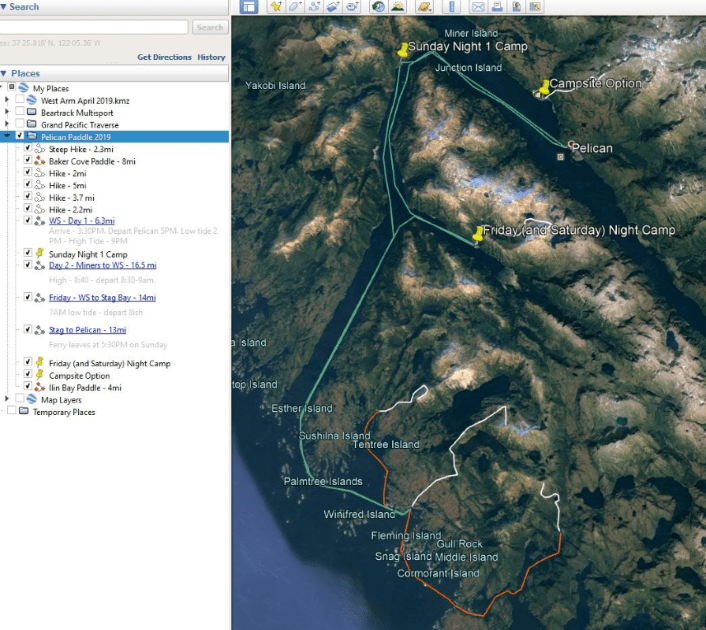
This should be part of your pre-trip routine. All you have to do is tell someone where you’re going and when you plan to be back. Make sure they know the color of your kayak, life jacket, and any camping gear.
Don’t Drink And Get In The Sea
A lot of safety habits you practice driving a car apply to kayaking. The most obvious being don’t paddle under the influence. Alcohol is the leading contributing factor in boating accidents.
Trip Planning
When planning your trip, whether for a day, a night, or a week, have an honest assessment of your skill level. What sort of water will you be paddling on? If the wind picks up, what direction will it come from?
If planning a river trip, ask how much it’s been raining and what the current water level is like. If you’re paddling in a region with prominent tides and currents, have a thorough understanding of their characteristics.
Bear in mind that distances look shorter over water than over land. Calculate your projected mileage and how long it should take. A good baseline in a sea kayak is about 2.5 miles an hour in neutral conditions.
If traveling with someone, ask their opinion. If there’s a disagreement, defer to the more conservative option. There’s always time for the more challenging endeavor as you gain experience.
Local Weather And Hazards
There’s no such thing as too much information. Even if you’ve paddled the area before, consult with anyone who’s paddled it recently. Waterways are dynamic and change quickly.
If you’re paddling somewhere new, learn as much as you can about the area. If there’s a guide or rental shop nearby, ask their opinion, what they’ve been seeing, etc. Even if you’re not renting from them, most guides are happy to talk about paddling and water conditions.
Environmental Hazards
Apart from all the safety precautions above, you should also know the most common environmental hazards so you can be fully prepared.
Sun Exposure
You burn faster when you’re on the water due to the sun reflecting off the surface and back up. Bring sunglasses and a brimmed hat to deflect the glare. Don’t be shy about using sunscreen. If you’re gone for multiple days, bring aloe vera to alleviate any burns.
Dehydration
Increased sun exposure increases the need for fluids. My rule of thumb is to have two days of water on hand. A water shortage makes any situation worse and can pressure you into bad decisions.
Hypothermia
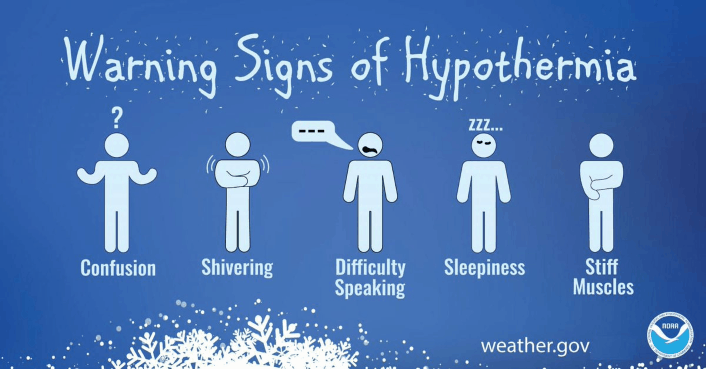
Although more prevalent in the upper latitudes, hypothermia is possible regardless of water conditions. Even “warm” water is cooler than your body temperature. Over time, the water will pull heat from your body.
Put together a “hypo bag” with dry clothes including a hat, gloves, and a sleeping bag.
Strainers And Sweepers
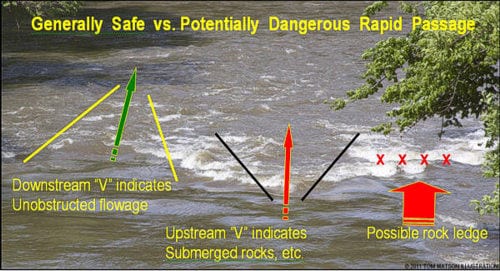
How To Spot Strainers and Sweepers
This refers to trees that extend from the riverbank and into the river. Strainers are submerged trees while sweepers are mostly above the waterline.
Strainers are like a big colander. The branches allow water to flow through but catch and disrupt solid objects and can upend kayaks or trap fallen paddlers.
Undercut Rocks
As river currents erode the rocks, they create underwater caves that can be filled with debris. Consulting guides and fellow paddlers is the best way to identify them as they’re tough to see once on the river.
If you suspect one’s ahead, look for indicators like a weak eddy downstream of the boulder. Water not “pillowing” upstream is another warning sign of an undercut rock.
Currents & Tides
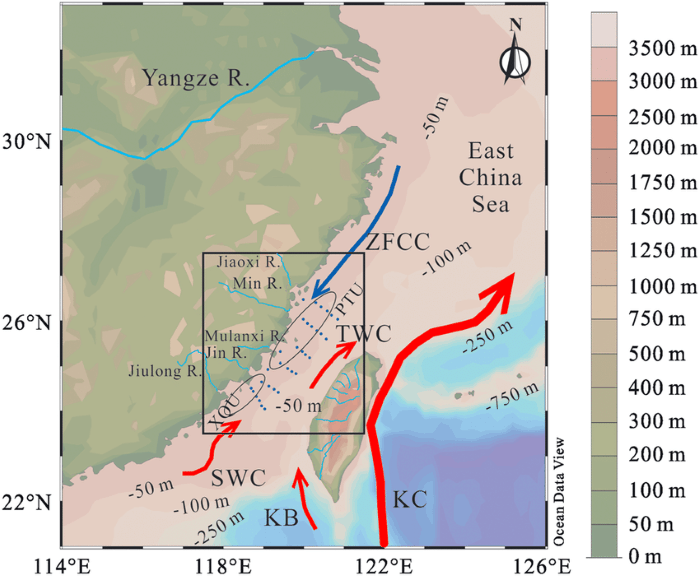
Rivers and oceans can have dynamic currents and tides that can overpower a kayak. Watch the water ahead of you for changing conditions. Look for ripples or lines in the water that indicate a changing current or shift in the tide’s behavior.
Like many of these factors, the best practice is to be prepared by talking with locals and consulting guide books for in-depth information. Current and tides can be subtle and you may not notice the effect they’re having until it’s too late.






